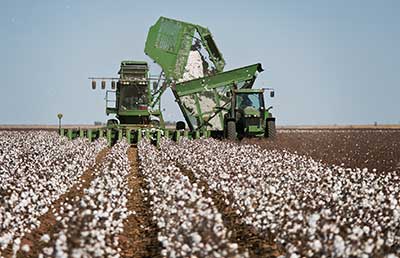S Corporation Liquidation

In response to our post from yesterday, we got the following comment:
“You did not fully explain what happens at death with an S-corporation. The wife gets a step up in basis for the stock. The corporation could then liquidate. The gain recognized by the corporation on liquidation is taxed to the shareholder. That increases their tax basis. The shareholder recognizes a tax loss on the liquidation which matches the gains reported by the corporation. Everything offsets and there is no tax.”
I wish it was that simple. If the only asset inside of the S corporation is land, then the reader’s comment would be correct. For example:
Assume Farmer Ben passes away with the land worth $10 million and the basis is $500,000. His wife would be able to step up her corporation’s stock basis to $10 million, then liquidate the corporation which results in a $9.5 million gain which is reported on her tax return. However, under the S corp basis rules, she gets to add this $9.5 million gain to her stock basis which is now $19.5 million. She got $10 million, her cost is $19.5 million, therefore there is a loss on liquidation of $9.5 million to now equal zero net gain.
But remember in our example we had equipment worth $2 million and grain worth $2 million. These items are ordinary income assets. Therefore, when the spouse liquidates or sells these items, the S corporation recognizes ordinary income taxed at the highest rate and if she liquidates the corporation she has an extra $4 million capital loss that she gets to report at $3,000 per year (or offset against other capital gains).
We had done several posts about how to not recognize gain on land trapped in a C corporation via using an S corporation as the reader rightfully points out. However, this does not apply to ordinary income assets such as grain and equipment.
This is one of the key reasons why it is always important to review this with your qualified tax advisor. Making one slip in this area can cost a lot. In our example, it likely would have lead to almost $2 million of extra tax (or more).
Paul Neiffer is a certified public accountant and business advisor specializing in income taxation, accounting services, and succession planning for farmers and agribusiness processors. Paul is a principal with CliftonLarsonAllen in Walla Walla, Washington, as well as a regular speaker at national conferences and contributor at agweb.com. Raised on a farm in central Washington, he has been immersed in the ag industry his entire life, including the last 30 years professionally. Paul and his wife purchase an 180 acre ranch in 2016 and enjoy keeping it full of animals.

I’m a CPA, and my best tax advice comes from you guys…NOT the Tax Adviser!
Where can I find those past posts about how to not recognize gain on land trapped in a C corporation via using an S corporation?
Thanks,
Allen Jackson
New Albany, MS 38652